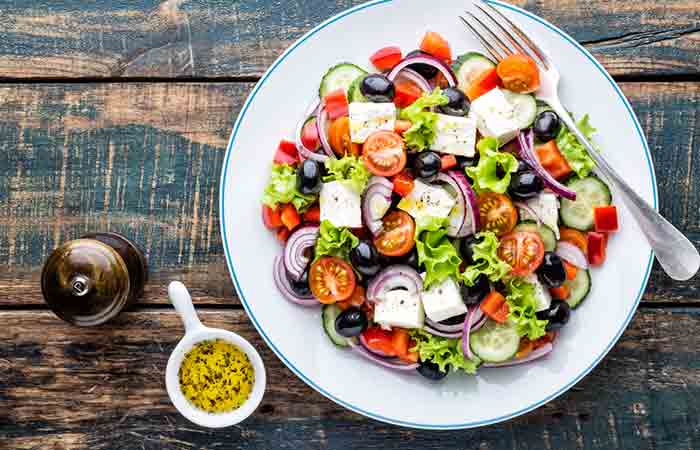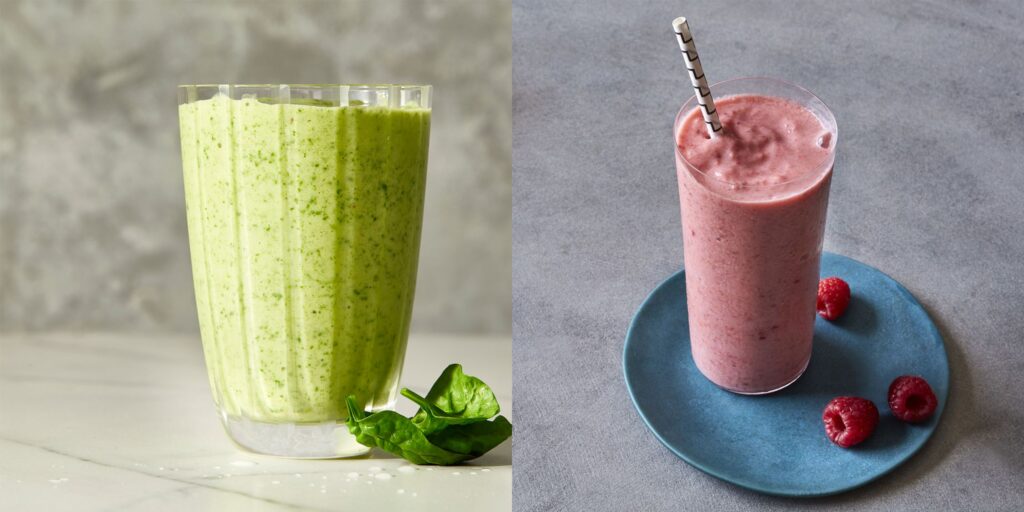Cast iron has been around since the days of the Romans. Today, it’s more popular as home cooks rediscover its versatile and flavorful benefits. If you’ve never cooked with it before, now is the perfect time to try cast iron.
With this easy guide to cooking with cast iron, you’ll learn how to get started. This article covers everything from the different types of cast iron to the best way to care for your pan. Once you’re finished reading, you’ll have the knowledge you need to get started cooking with cast iron and make the most of this versatile tool.
What is Cast Iron?
Cast iron is a type of cooking ware traditionally made from a combination of cotton and recycled metal. Its main benefit is its ability to retain heat, making it ideal for cooking. It needs to be seasoned before it can be used, but it will last for years with proper care once properly seasoned.
There are many benefits associated with using cast iron, but there are some things you need to keep in mind when cooking with cast iron. For example, cast iron conducts heat poorly, so the food should not be cooked at high temperatures.
Cooking with cast iron also requires more attention than cooking in other materials because you’ll have to monitor it throughout the cooking process. You’ll want to use a dry-heat method like sautéing or baking rather than a wet-heat method like boiling or steaming as these methods transfer less heat into the pan and don’t require as much attention.
Finally, because cast iron is porous, foods may stick to it during the cooking process if they aren’t thoroughly coated in oil and then cooked until they’re done.
Why Use Cast Iron?
Cast iron makes for excellent cooking material. It’s durable and helps retain heat; it’s also versatile and can be used with various dishes. Cast iron is also very affordable, making it a smart choice for budget-conscious cooks.
Cast iron is a good tool to have in your arsenal because it can improve many dishes’ flavour and texture. This is due to its ability to retain heat, allowing you to cook meat or seared vegetables at a higher temperature than you would be able to achieve with other materials.
Cast iron’s durability also means you don’t have to worry about it burning while you are cooking. Not only that but cast iron pans provide an excellent nonstick surface that’s perfect for many types of dishes. Some people even say that cast iron pans will help prevent food from sticking to their pan entirely!
Different Types of Cast Iron
Cast iron is made from two types of metal: cast iron and carbon steel. Carbon steel has a lower melting point, which can be heated to higher temperatures. Cast iron is harder and doesn’t have that weak point like carbon steel. There are different types of cast iron you can use for cooking.
Each type has its benefits and uses, so it’s important to understand what different types of pans are available to you. The following are some types of cast iron traditionally used for cooking. Small skillets- For frying fish, vegetables, or other smaller foods.
Medium skillets- These pans are perfect for searing pan steaks or sautéing vegetables in olive oil. Large skillets- The diameter of these pans are wide enough to make pancakes on the griddle surface with ease. Baking dishes are perfect for baking pies, cakes, or bread Muffin pans are perfect for making muffins or cupcakes at home.
Care and Maintenance of Cast Iron
Cast iron is a durable material. It’s made of an unsaturated, ceramic-like metal that contains no contaminants. But that doesn’t mean cast iron is indestructible. To ensure your pan lasts as long as possible, you should take care of it properly.
Here are a few tips on caring for and maintaining your cast iron: Clean your pan with soap and water immediately after cooking over high heat. This will remove any food or grease stuck in the pan. – Avoid storing or sticking your pan in direct sunlight.
Eventually, the sun will cause deterioration in the metal, leading to rusting and damage over time. – After cleaning with soap and water, allow the pan to air dry completely before placing it away for storage or use.
Tips for Cooks Starting with Cast Iron
Cast Iron has been around since the days of the Romans. It’s a versatile and flavorful tool that helps you create tasty meals with minimal effort. Whether you’re new to cooking with cast iron or want to try it out, these tips will help you start your new adventure.
1) Choose the right type of cast iron: Cast iron comes in many different shapes, sizes, and weights. You don’t want to choose one without researching first, so you know what style is best for your needs. 2) Season your cast iron pan: The first time you use a new pan, coat it with vegetable oil, heat it over medium heat until it starts smoking and then season it with salt and pepper before adding food.
This gives your pan seasoning from the inside out, preventing sticking issues later on down the road. 3) Keep your cast iron away from water: Cast-iron cookware should never be placed above a flame or water as this will cause rust to form overtime on the bottom of the pan.
4) Store your cookware correctly: Never place unused cookware in a hot oven or dishwasher, as this will damage its surface over time and make it harder to clean later on down the road. Store all unused pans upside down, but avoid storing them directly on top of each other as this can cause scratching due to metal against metal contact. Storing pans safely is key if they’re going to last
Conclusion
When cooking with cast iron, you will be able to create a variety of dishes that are easy to make and tasty and healthy and satisfying.
Cast iron is durable and versatile, perfect for nearly any recipe, from breakfast to dessert. With a little bit of care and maintenance, cast iron will last a lifetime.


